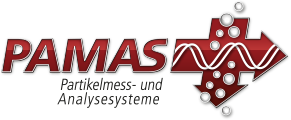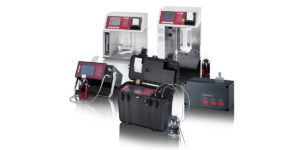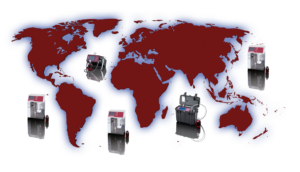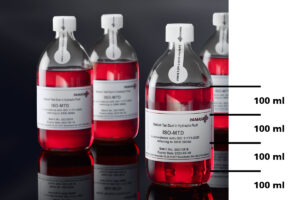Due to the stringent safety concerns within the aviation industry, the quality requirements of jet turbine fuels are extremely high and comprise of a long list of criteria. Of particular importance is the purity of the fuel. To ensure that purity analysis is accurate, traceable and uniform, the UK Ministry of Defence has commissioned the Energy Institute (EI) London to standardize selected methods of particle analysis of jet fuel. The following IP (International Petroleum) methods have become established and are now standard in International aviation:
IP 565 “Determination of the level of cleanliness of aviation turbine fuel – Portable automatic particle counter method”
and
IP 577 “ Determination of the level of cleanliness of aviation turbine fuel – Automatic particle counter method using light extinction”
The IP 577 method was especially developed for the PAMAS S40 AVTUR portable particle counter and can be used in both laboratory and field environments. While the standard-compliant determination of the purity of jet fuel according to both IP methods may only be performed from bottle samples, the PAMAS S40 AVTUR can also be connected directly to pressurized systems, if required.
DEF STAN 91 – 091
Only the two aformentioned methods are approved in the current edition of DEF STAN 91-091 to determine the quality of jet fuel. The IP 564 method, that was formerly permitted, has since been removed from DEF STAN 91-091 without replacement due to serious issues relating to traceability and quality. The current upper contamination limit during the manufacturing process is a cleanliness class of 19/17/14/13 according to ISO 4406. The codes refer to particle sizes >4µm(c)/ >6µm(c)/ >14µm(c)/ >30µm(c).
You will find more information about PAMAS S40 Avtur here.
© Image by Chokniti Khongchum from Pexels




